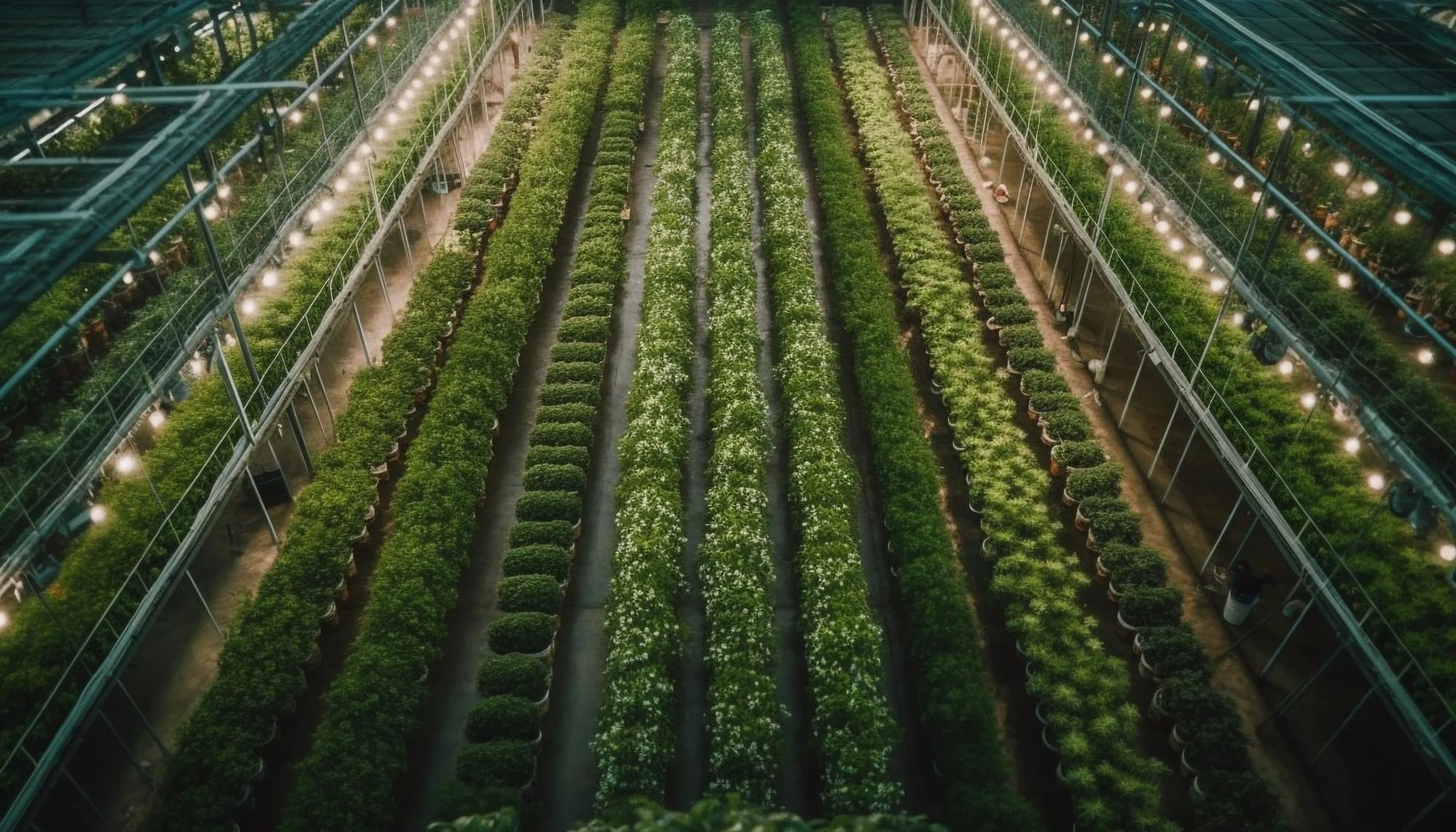Analyzing the Asset Vulnerability Framework and Systems Thinking in Rural Nigeria
In a recent study from the rural Delta State of Nigeria, a twin methodology comprising the Asset Vulnerability Analytical Framework (AVAF) and Systems Thinking (ST) has paved the way for identifying and addressing factors impeding efficient food production among the rural poor.
Published in the Journal of Disaster Risk Studies, researchers Ebhuoma Eromose E., Simatele Mulala D., Tantoh Henry B., and Donkor Felix K. from the University of the Witwatersrand in Johannesburg, South Africa, utilized participatory research traditions to unveil key vulnerabilities. The study highlights the necessity for development practitioners to incorporate AVAF and ST to better visualize the long-term impact of compromised livelihood assets in food production. The documentation is detailed in the article with the DOI:10.4102/jamba.v11i1.597.
Addressing Sustainable Food Production Challenges
The study underscores that food production in developing countries faces severe threats from both climatic disruptions and non-climatic constraints like socio-political and economic factors. By coupling AVAF and ST, the authors argue that the combined approach can effectively streamline complex decision-making processes, simplifying the implementation of strategic policy interventions.
Using a variety of participatory techniques including Venn diagrams, transect walks, community risk mapping, and historical timelines, the study collected comprehensive on-ground data. This method fostered inclusive participation from community members, which not only elevated the richness of the gathered data but also empowered locals by acknowledging their indigenous knowledge systems.
Implementing the Twin Methodology
The AVAF and ST approaches are powerful tools when employed by development practitioners. AVAF captures the essence of asset-centered vulnerabilities and enables practitioners to directly identify impediments to maximizing such assets during food production processes. Concurrently, ST assists in acknowledging the complexities and interdependencies within food production systems by allowing long-term visualization of outcomes resulting from compromised assets.
Findings from Rural Delta State
The fieldwork in Nigeria’s rural Delta State revealed acute vulnerabilities in the assets crucial to the livelihoods of the rural poor – namely human capital, natural resources, financial assets, social networks, and physical infrastructure. Specifically, the research identified issues such as lack of access to financing, degradation of natural resources, and the impacts of climate variability. It also shed light on social dynamics and historical contexts that aggravate food production inefficiencies.
These discoveries assist in constructing a comprehensive picture of the multiple hurdles faced by the rural communities, thereby providing a clear line of action for policymakers, stakeholders, and development agencies.
Policy Implications and Actionable Solutions
The study’s implications are far-reaching, suggesting an urgent need for policies that protect and enhance the livelihood assets of the rural poor. This would entail the establishment of resilient agricultural practices, better financial inclusion strategies, restoration of degraded lands, and comprehensive climate adaptation measures. Strengthening social institutional structures is also essential to ensure the sustainability of these policies.
By taking the holistic view offered by AVAF and ST, development can progress in a manner that is both inclusive and mindful of the systemic loop effects that shape these rural communities. This approach is geared not only towards immediate need fulfillment but also towards building long-term resilience and self-sufficiency in food production.
Global Relevance and Call to Arms
While the study focused on the Delta State, its findings hold broad relevance for rural communities across developing nations. As global food systems come under increasing strain from climate change and population growth, frameworks like AVAF and ST are integral in fostering robust and sustainable agricultural practices. The authors thus issue a call to arms for the global development community to take heed of such integrated methodologies.
Encouraging Wider Adoption of AVAF and ST
One significant stepping stone towards wider adoption is the dissemination of knowledge through academic and development-oriented channels. It involves training sessions, collaborative projects, and policy dialogues that encompass both methodologies’ principles. Mutual learning and exchange programs could further bridge knowledge gaps, ensuring that the AVAF and ST approaches are contextually adapted to various regions’ specific issues.
Conclusion
The findings of Ebhuoma Eromose E., Simatele Mulala D., Tantoh Henry B., and Donkor Felix K. emerge as a beacon of hope amid challenges to global food security. Their work, through the employment of AVAF and ST, opens pathways to not merely unraveling but actively confronting and mitigating the factors undermining food production among impoverished rural communities.
Their research, echoing through the halls of academia and the corridors of power, invites a reevaluation of development frameworks and methodologies. It is a call towards collective action—a synthesis of scientific inquiry, systemic consideration, and human empathy—to protect and empower the rural poor, their assets, and their futures.
References
1. Ebhuoma, E., Simatele, D., Tantoh, H., & Donkor, F. (2019). Asset vulnerability analytical framework and systems thinking as a twin methodology for highlighting factors that undermine efficient food production. Jàmbá: Journal of Disaster Risk Studies, 11(1), 597. DOI: 10.4102/jamba.v11i1.597.
2. Bebbington, A. (1999). Capitals and capabilities: A framework for analyzing peasant viability, rural livelihoods, and poverty. World Development, 27, 2021-2044. DOI: 10.1016/S0305-750X(99)00104-7.
3. Chambers, R. (1994). Participatory rural appraisal (PRA): Challenges, potentials, and paradigm. World Development, 22(10), 1437-1454. DOI: 10.1016/0305-750X(94)90030-2.
4. Banson, K.E., Nguyen, N.C., & Bosch, O.J.H. (2016). Using system archetypes to identify drivers and barriers for sustainable agriculture in Africa: A case study in Ghana. Systems Research and Behavioral Science, 33(1), 79-99. DOI: 10.1002/sres.2300.
5. Nguyen, N.C., & Bosch, O.J.H. (2013). A systems thinking approach to identify leverage points for sustainability: A case study in the Cat Ba Biosphere Reserve, Vietnam. Systems Research and Behavioral Science, 30(2), 104-115. DOI: 10.1002/sres.2145.
Keywords
1. Food Production Efficiency
2. Asset Vulnerability Framework
3. Systems Thinking Methodology
4. Sustainable Agriculture Development
5. Rural Livelihood Assets Strategy
